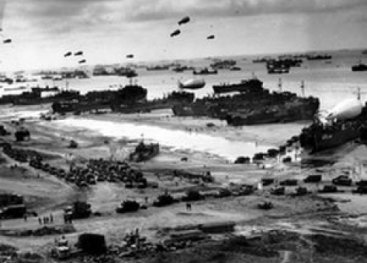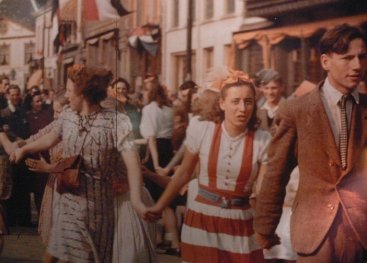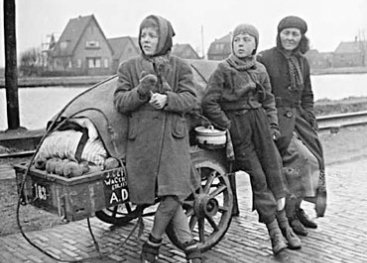
The Railway strike
Airborne landings
In September 1944, the Dutch government in London called for a railway strike. German troop transports had to be brought to a standstill because the Allies were planning to carry out airborne landings: Operation Market Garden.
The expectation was that liberation would follow within a few weeks. But the airborne landings failed near Arnhem.


Succes
The railway strike was partly a success: 30,000 railway employees went into hiding, with financial support from London. Even so, the results of the strike were disappointing. The Germans used their own trains for transporting troops.
German propaganda
The German propaganda machine kept insisting that the strike would only harm the Dutch civilian food supply. Keeping up the railway strike became a matter of prestige. The strike continued until the liberation.
Relieved
Joop Nekkers, apprentice engine driver, Zutphen:
‘In those days trains were increasingly shot at; in the end it was downright dangerous. That’s why we were relieved when the strike started. And we thought that soon the war would be over, but it continued through another winter. I went into hiding in Hakvoort. I slept on a wooden bed with some straw, and I had a small stove to keep me warm.’
Too late
Henk Das, district leader of the National Organisation for Aid to those in Hiding, Utrecht:
‘Naturally we stood behind the railway strike, but we did think they had gone on strike too late. On September 4th and 5th, the Germans had still been able to deport by train all the prisoners of Camp Vught. We thought, “Damn, why didn’t they go on strike those two days?” The strike made life difficult for the resistance.'

